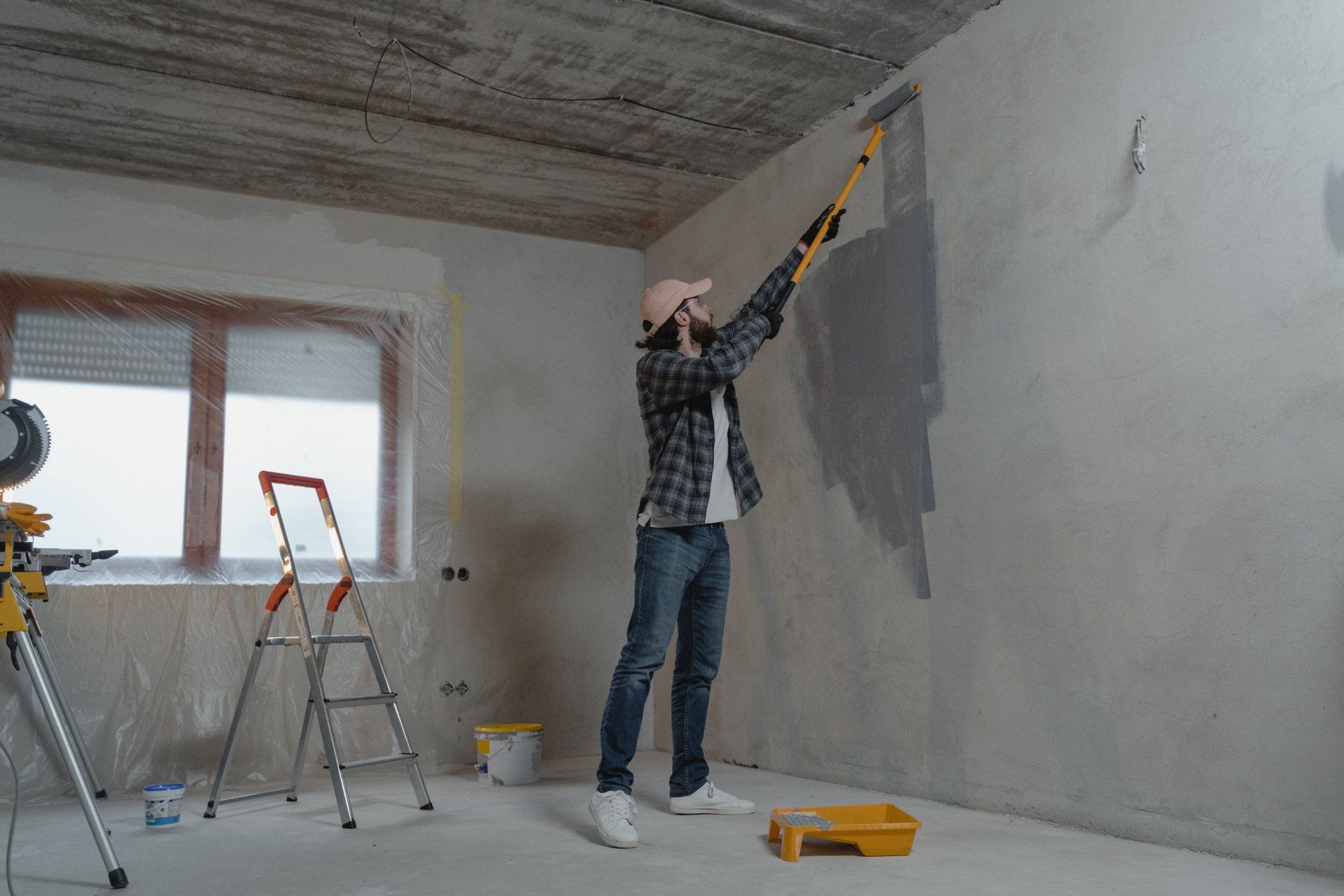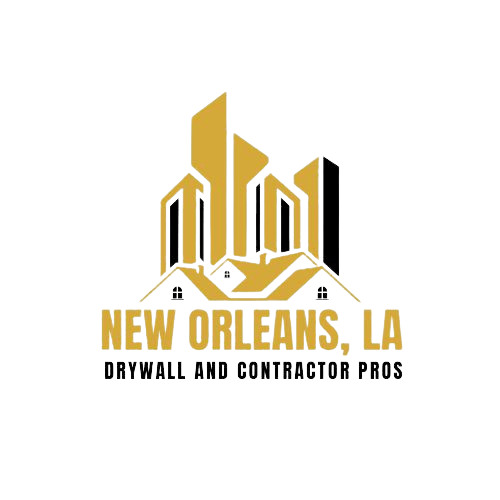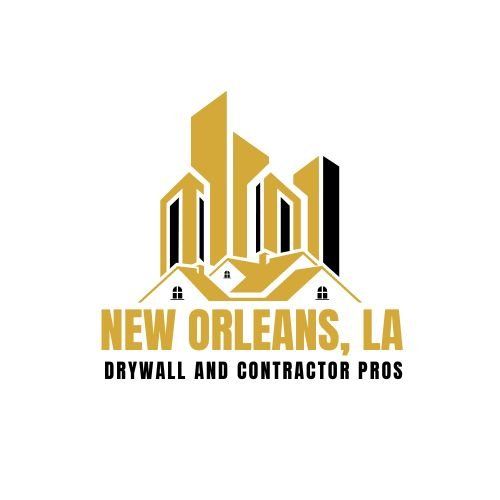Revive Your Home: Essential Tips for Water Damage Restoration
Mastering Moisture: Essential Strategies for Water Damage Cleanup and Restoration
Water damage can strike your home unexpectedly, leaving you with a soggy mess that can cause significant stress and potential long-term issues. Whether it's from a burst pipe, a leaking roof, or a flooded basement, water damage can wreak havoc on your property, leading to mold growth, structural damage, and a myriad of other problems. But fear not! With the right approach to water damage repair, you can transition from soaked to saved, mitigating damage and restoring your home to its former glory. This guide will walk you through essential tips and strategies for tackling water damage, emphasizing drywall repair, water removal, and mold remediation.

Understanding the Extent of Water Damage
The first step in any water damage repair process is to assess the extent of the damage. This involves identifying the source of the water, determining the type of water involved (clean, gray, or black), and evaluating the areas of your home that have been affected. Water damage can affect various components of your home, including the drywall, flooring, and even the structural integrity of the building.
Immediate Steps for Water Damage Cleanup
Water Removal Services: Quick removal of water is critical in minimizing damage. Utilizing water extraction services can help expedite this process, removing the bulk of the water from your home.
- Water Damage Cleanup: After extracting the water, it's important to thoroughly dry out the affected areas. This may involve the use of dehumidifiers, air movers, and other specialized equipment to ensure complete drying.
- Mold from Water Damage: Moist environments are breeding grounds for mold. Begin mold and water damage repair promptly to prevent mold growth, which can cause health issues and further damage to your home.
Drywall Repair: A Critical Component of Water Damage Repair
Drywall water damage repair is often a significant aspect of the restoration process. Drywall is highly susceptible to water damage, and even a small amount of moisture can lead to mold growth or structural issues.
- Inspecting Drywall for Damage: Look for swelling, discoloration, or softening of the drywall, which are indicators of water damage.
- Mold Drywall Repair: If mold is present, it's essential to remove the affected drywall and treat the area to prevent further mold growth before installing new drywall.
- Drywall Contractor: Hiring a skilled drywall contractor can ensure that the repair is done correctly and efficiently. Professional drywall services can seamlessly patch or replace damaged drywall, making it look as good as new.
Water Damage Contractor: Your Partner in Restoration
A water damage contractor plays a crucial role in the repair process. These professionals can offer a range of services, including water damage repair services, mold remediation, and comprehensive restoration. They are equipped to handle all aspects of water damage, from initial assessment to final touches.
Tackling Specific Areas: Basement and Beyond
Water damage basement issues are particularly challenging due to the basement's susceptibility to flooding and moisture accumulation. In these cases, water removal and robust waterproofing measures are essential to prevent future incidents.
Wall Repair Beyond Drywall
While drywall is a common focus, water damage can affect other types of wall materials as well. Effective wall repair may involve addressing issues with plaster, paneling, or other materials, ensuring a holistic approach to restoration.
Preventing Future Water Damage
Preventative measures are key to avoiding future water damage. Regular maintenance of your home’s plumbing system, roof, and exterior can help prevent potential sources of water intrusion. Additionally, consider waterproofing basements and crawl spaces to protect against groundwater.
Conclusion
Water damage can be a daunting challenge, but with the right approach, you can navigate the repair process effectively. By prioritizing quick water removal, engaging professional drywall and water damage repair services, and taking steps to prevent future damage, you can restore your home and peace of mind. Remember, the goal is not just to repair the damage but to ensure your home is safe, healthy, and resilient against future water-related incidents.
In summary, while water damage may seem overwhelming, the journey from soaked to saved is achievable with the right knowledge and resources. By incorporating these insider tips into your water damage repair strategy, you can ensure a thorough and effective restoration process.




